Skateboarding is so many things for different people. It can be a hobby, career, mode of transportation or more. For those who skateboard professionally like Tony Hawk or Nyjah Houston, it is an everyday, high-scale sport. For many, it may just be the way to get to school, or how extra time is spent when free from academic obligations.
Skateboarding began in the 1950s and gained popularity and commonality through the decades. With skaters like Jason Lee and Mike Carroll in the 1990s, street skating became popular and easier to access for the general public. Today, kids, teens and adults skateboard often. Just like with any sport, skateboarding created its own community.
If you look at pictures and clips of skateboarding in the ‘90s and 2000s, you will see several traits which became pinnacles of skateboarding culture. Clothing like baggy pants, cuffed jeans and beanies became staples of a skateboarder’s wardrobe. Throughout the years, these trends were considered to be cool yet reserved to more experienced skaters. While culture and community can be great, especially for young people, these specific trends were kept to a very elite subgroup of the skate community, often excluding beginners and younger skaters.
Skating in a skatepark can be extremely daunting for a beginner, and the exclusion and toxic behavior towards beginners makes it worse, many times destroying the passion that inspired young people have for skating. Beginners are often ridiculed for not knowing certain tricks or even behaviors like the way they hold their board, making it difficult and sometimes impossible for them to even learn. These novice skaters need to be included and welcomed, which is something that many skateparks and other skaters do not embrace.
But this is not the only thing that makes the community so exclusive. Many times those not commonly seen representing the sport are left out of the community of skateboarding. For example, how many pro-female or LGBTQ+ skaters have you heard of? Two, maybe three? We have all heard of Tony Hawk and Andrew Reynolds, but girls are so commonly left out of skateboarding, which is often viewed as a “boys” activity.
Many girls attempting to begin skateboarding have been excluded from competitions and been sponsored by companies because of its majority male image. Girls at skateparks commonly get the “you’re great at skateboarding, for a girl,” type comments and are told that they are not strong enough to skate or that it is “not ladylike.”
As well as everyday conversation and comments, the lingo of skateboarding is problematic as well. Many terms include a number of slurs, excluding many minorities from their community. Certain skating tricks are dubbed with extremely hurtful connotations to the trans community, one including the T slur and another trick named “sex change” commonly used to ridicule queer riders. These normalized terms are unnecessary and hurtful.
Although it might take time and lots of effort in the current community, incoming generations of skaters deserve a positive environment that welcomes them all. Let us give skateboarding the future it deserves.


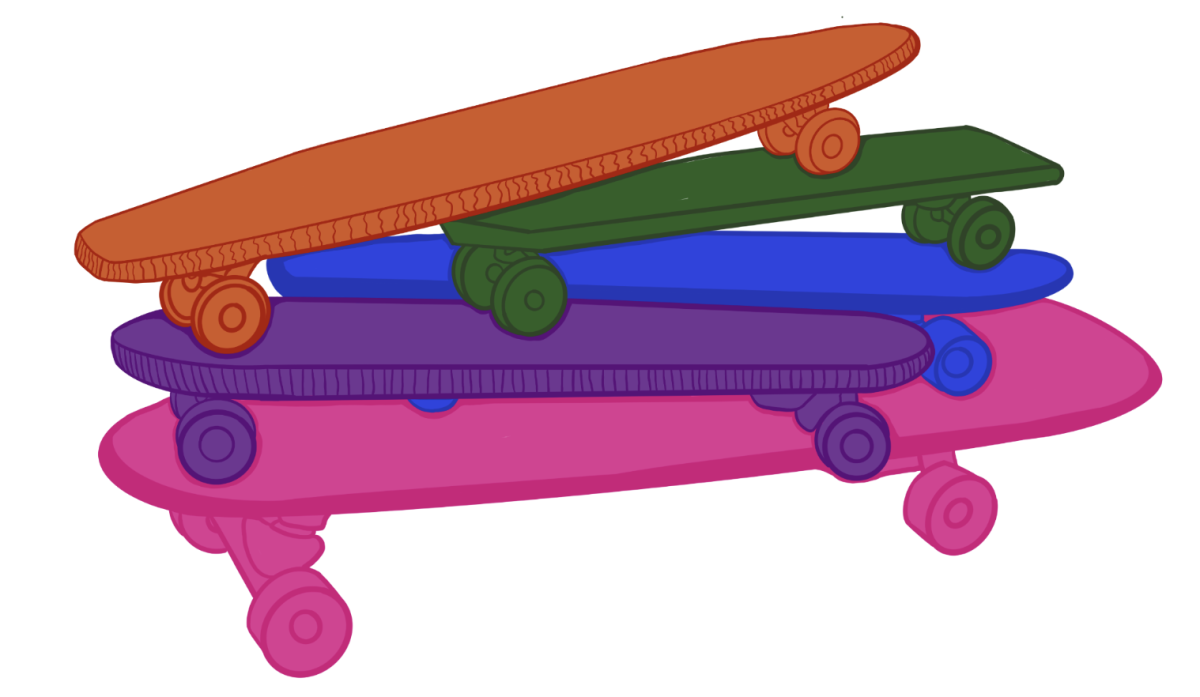

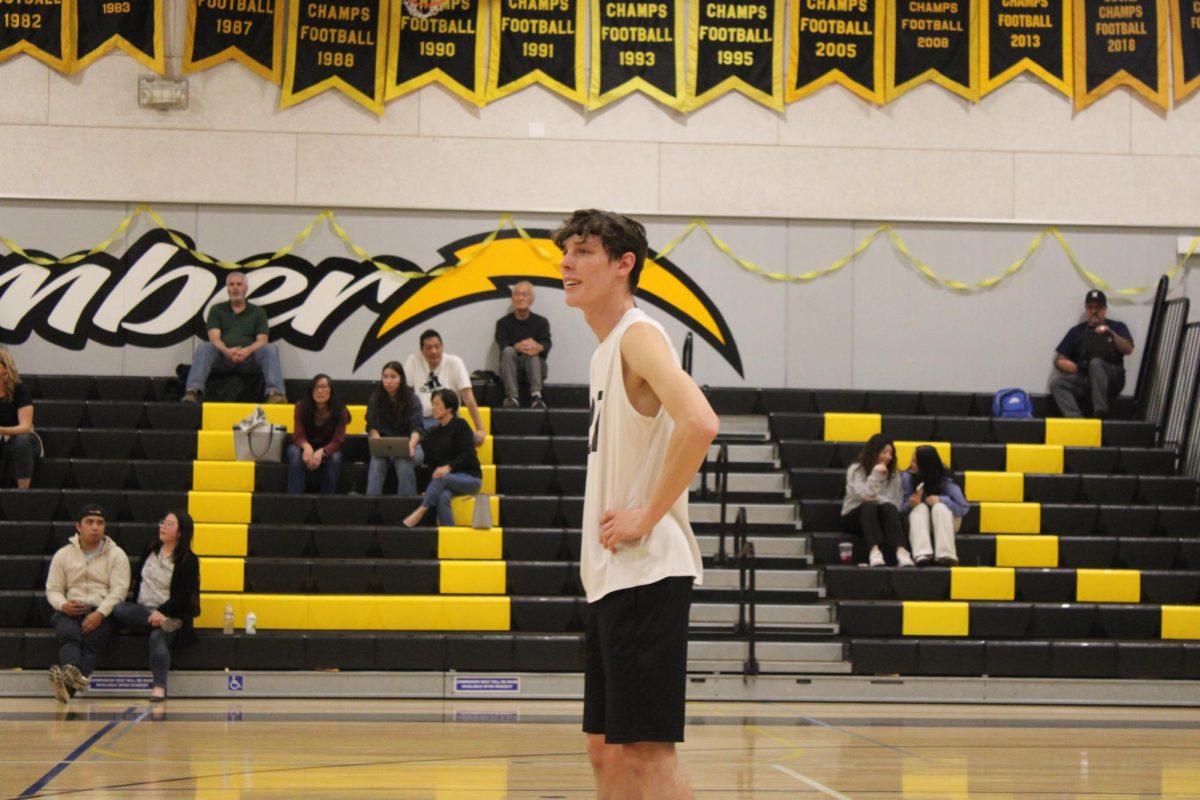
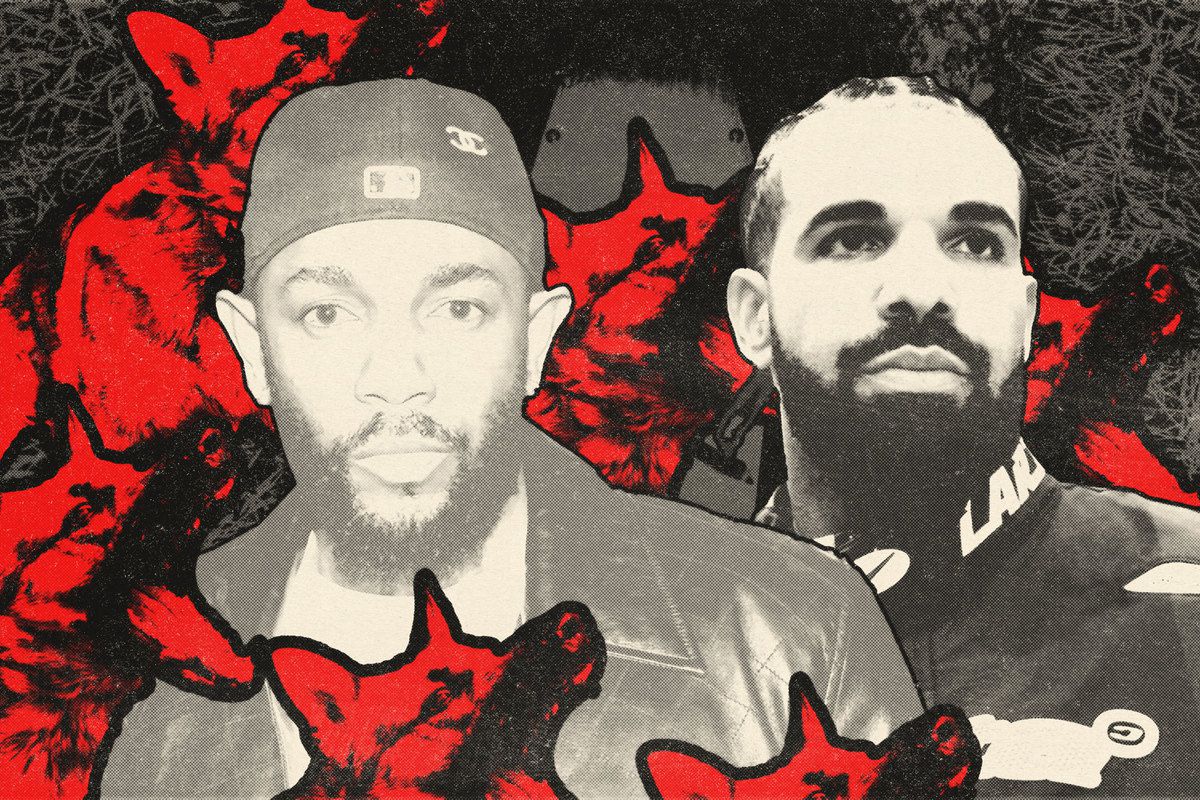
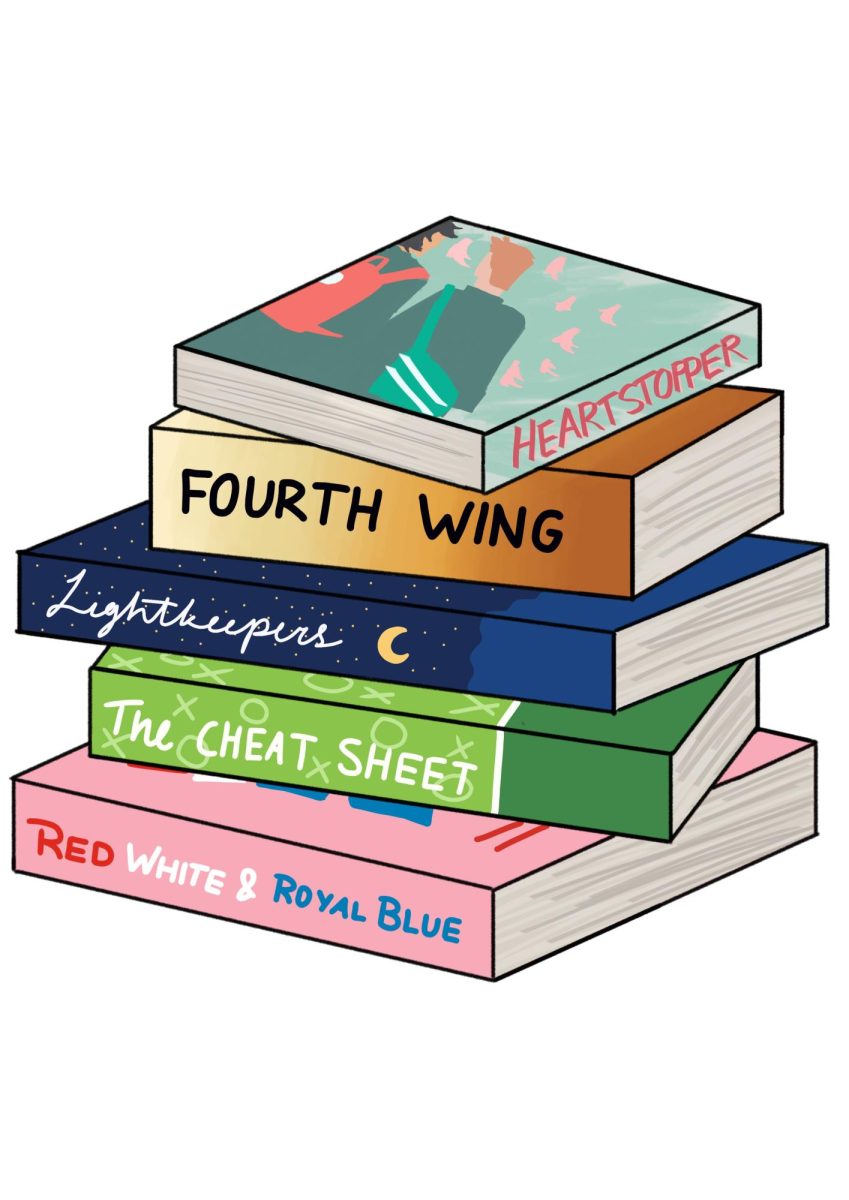
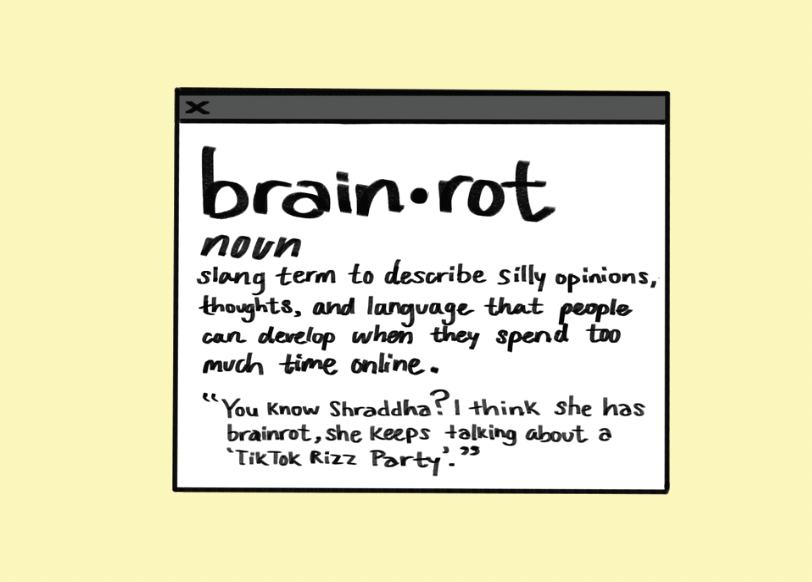
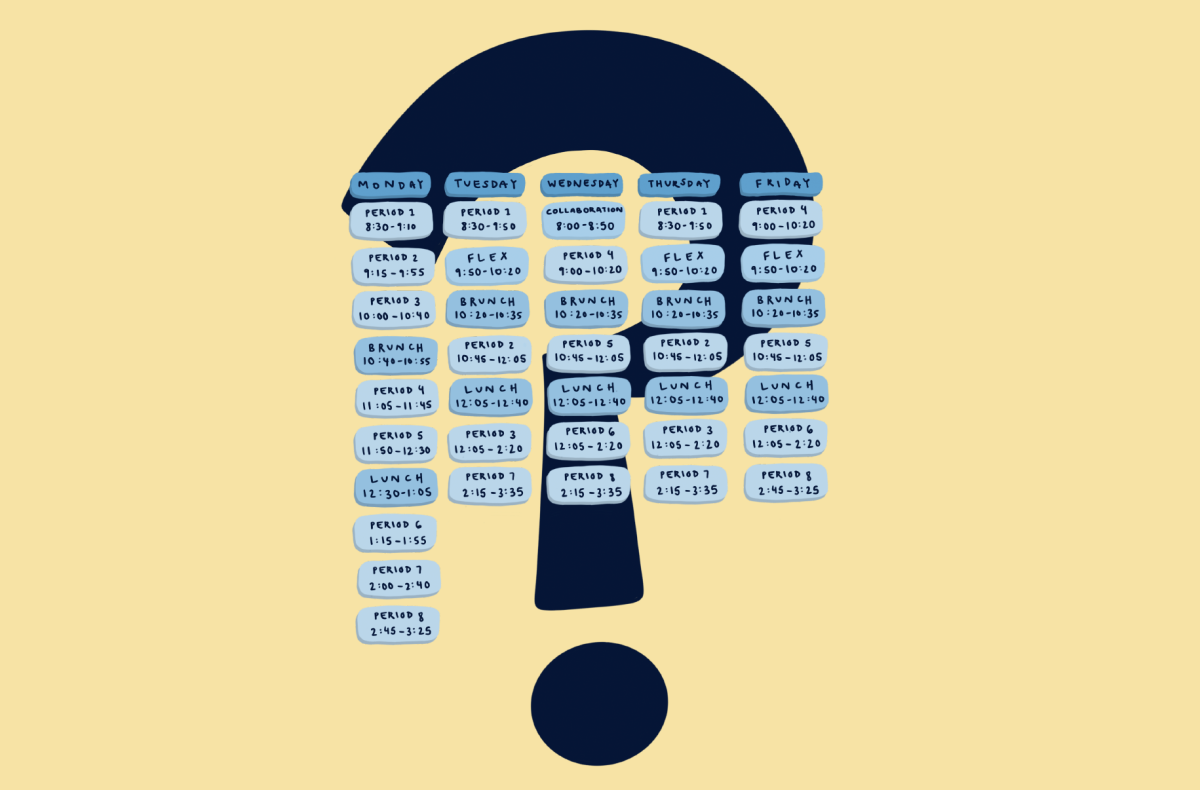
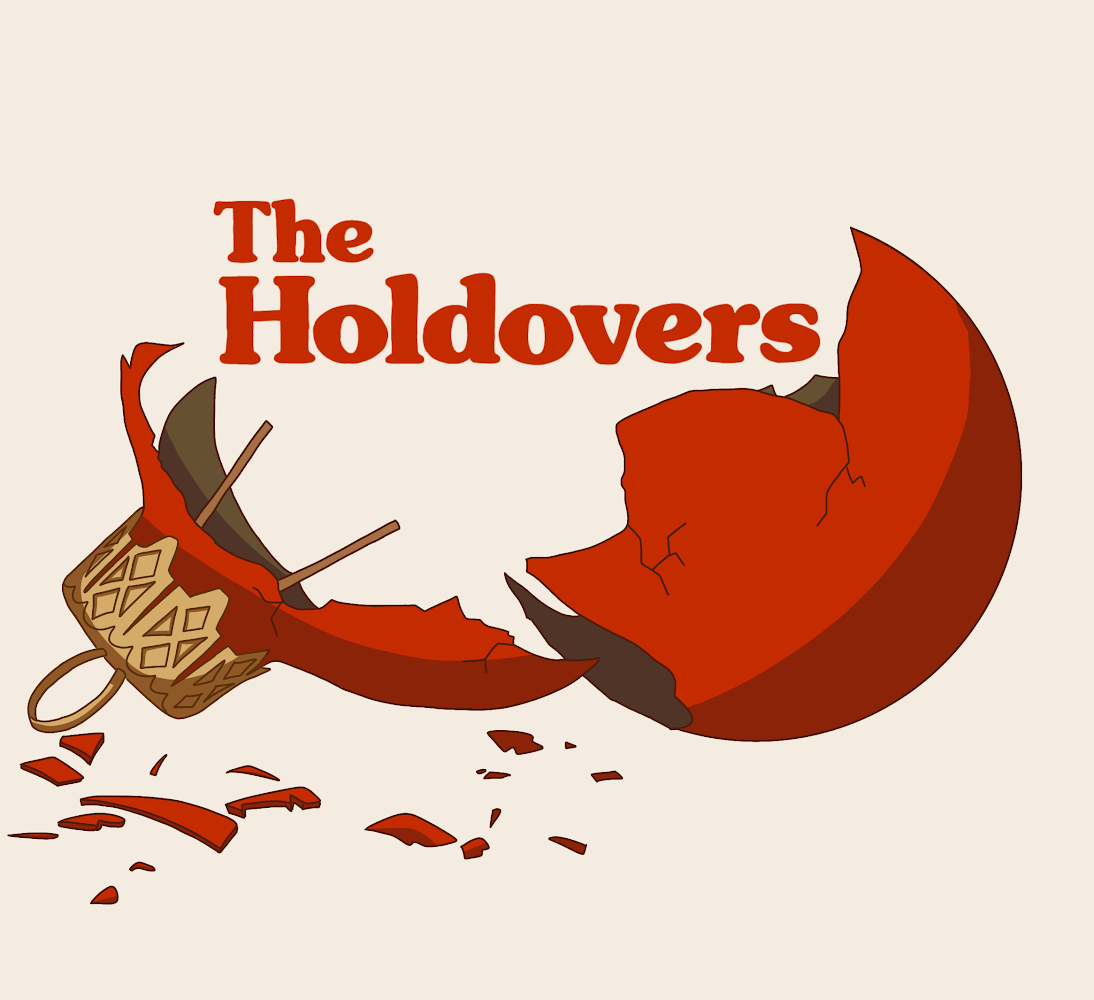

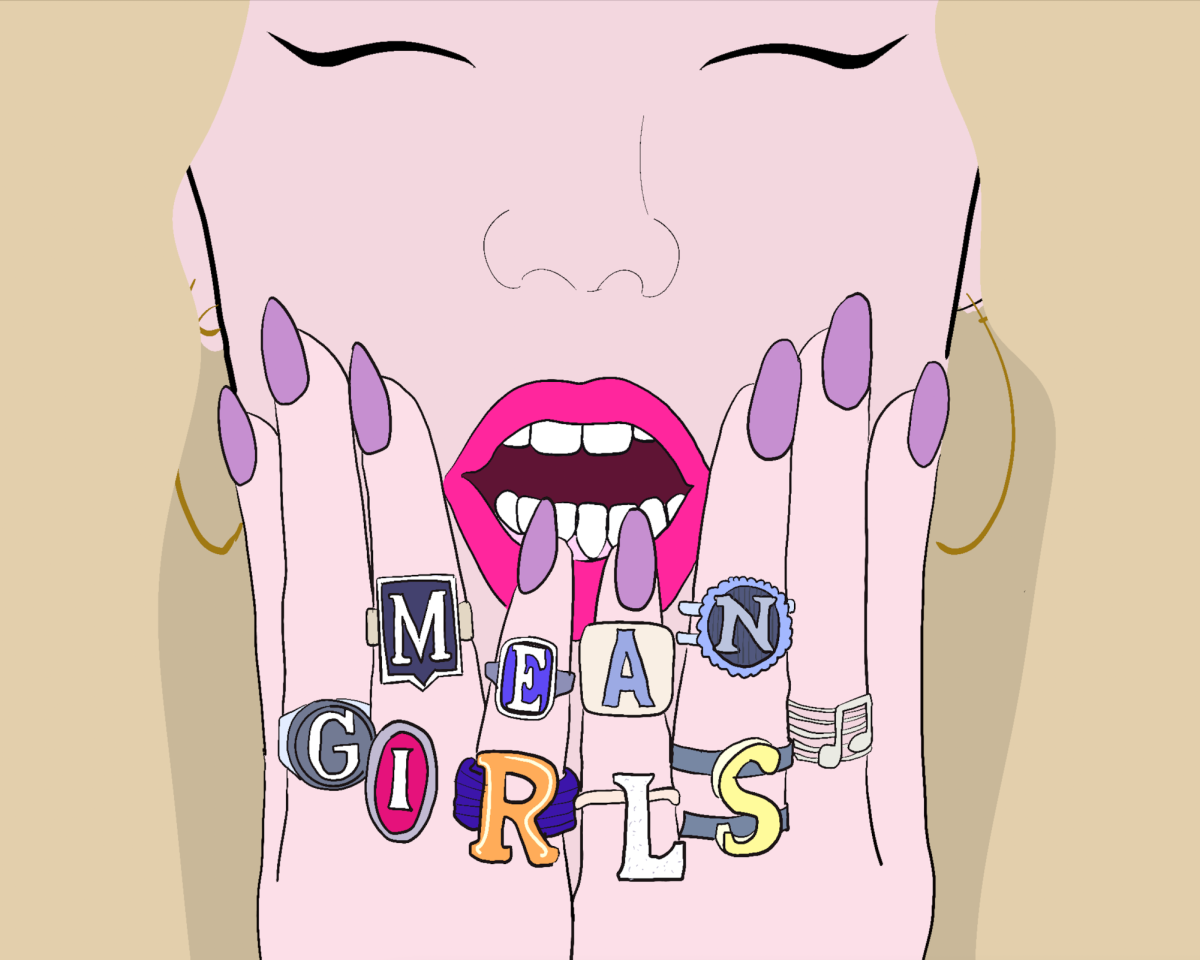
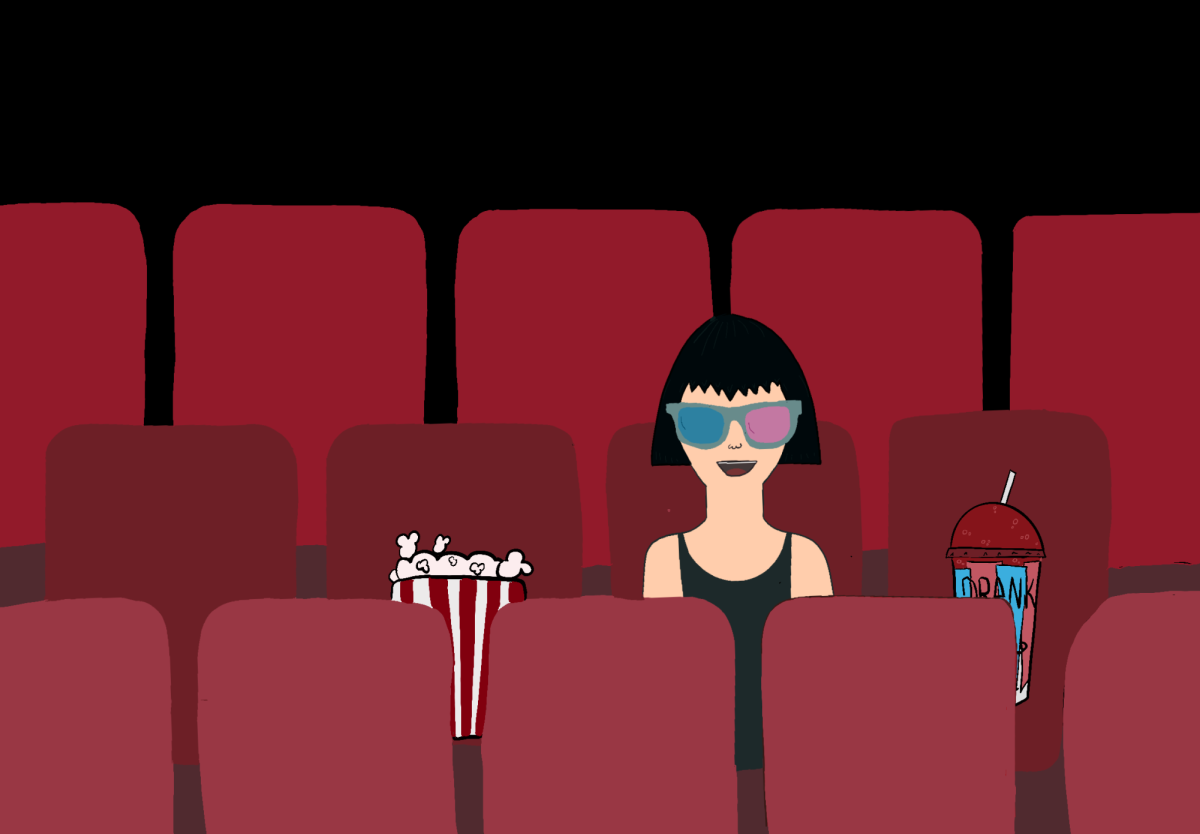
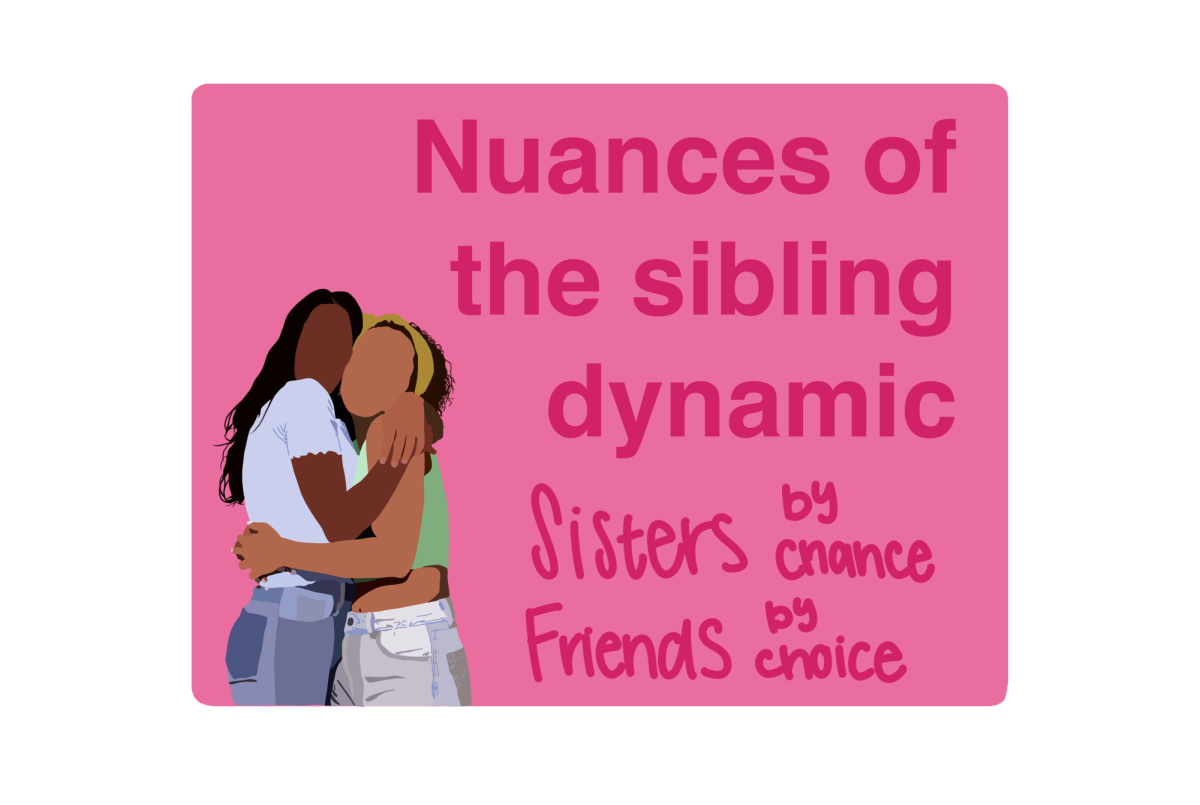
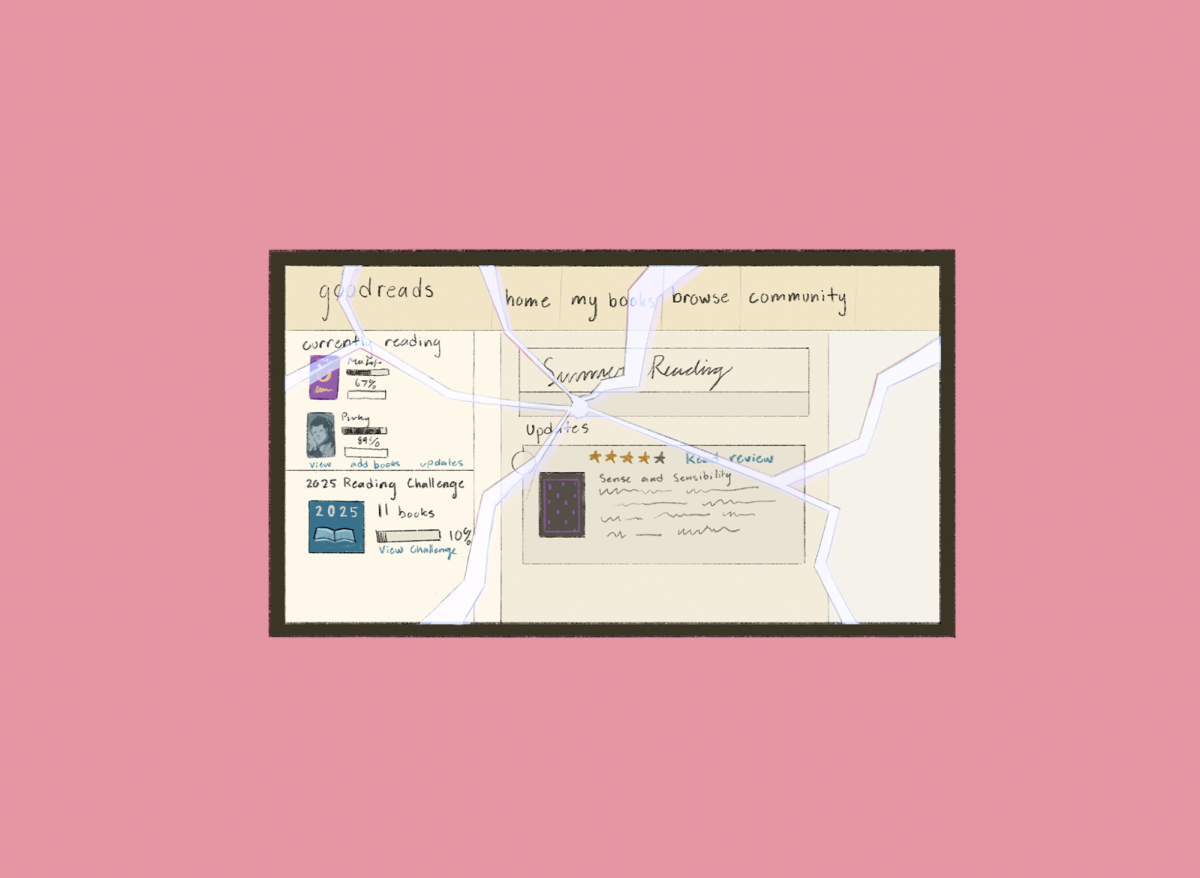
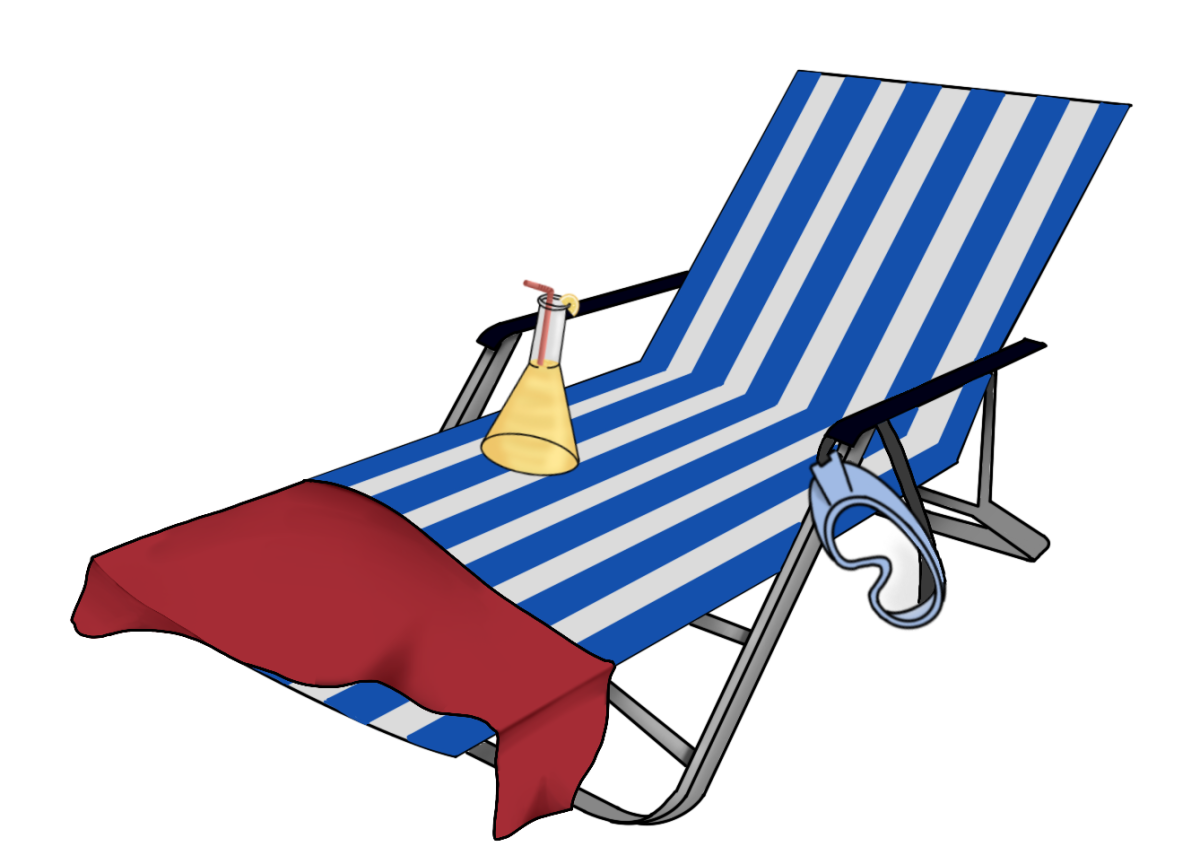

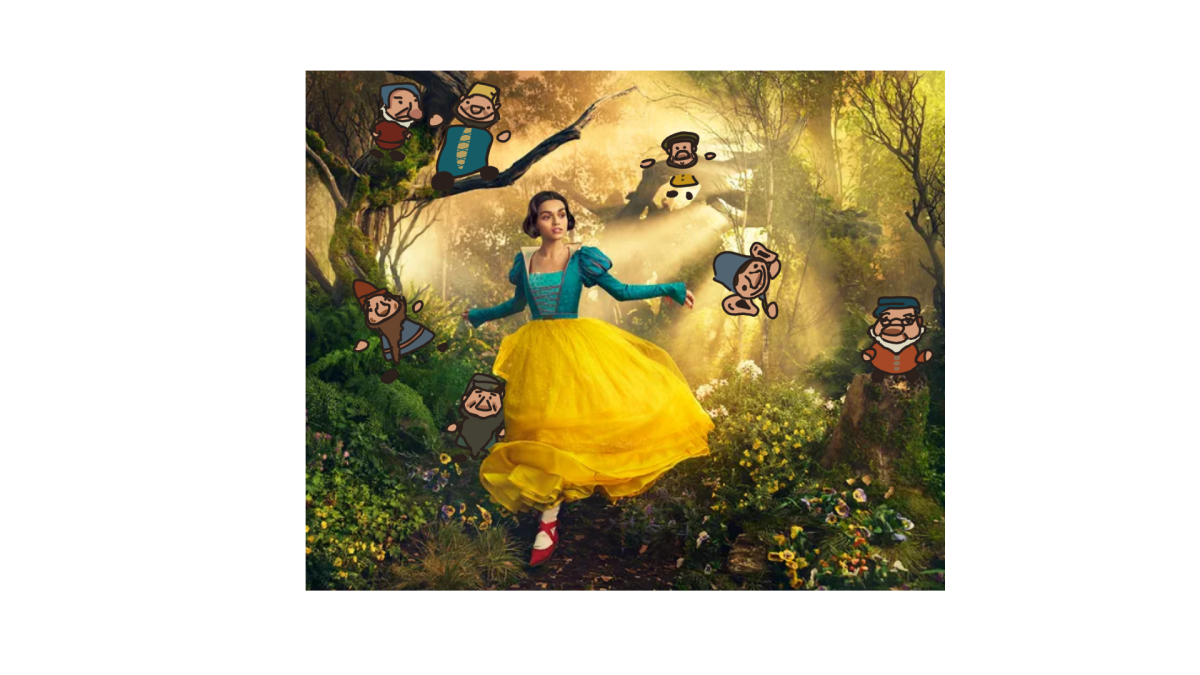
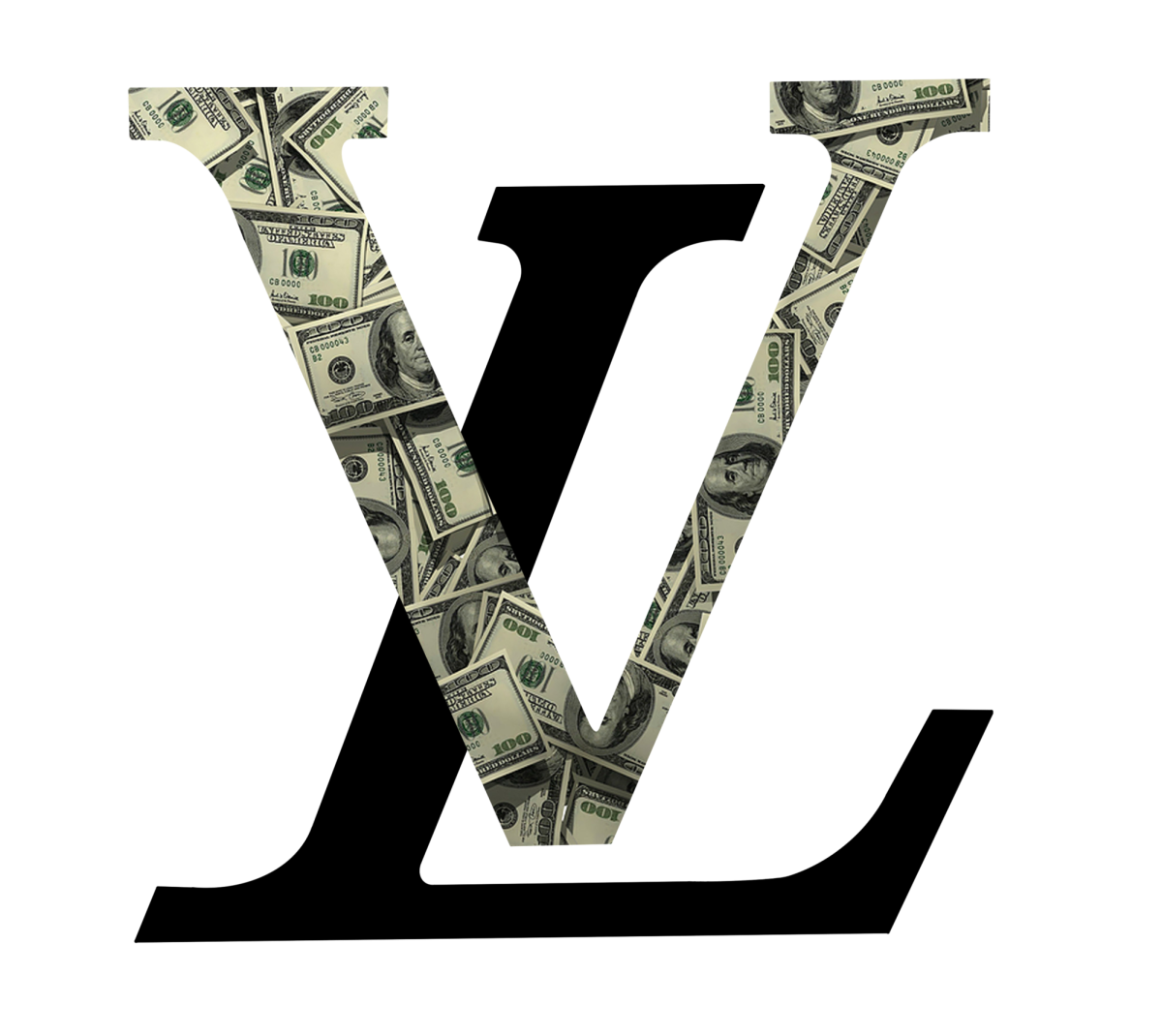

Anonymous ~ Oct 17, 2024 at 3:50 am
I don’t believe the terminology of skateboarding is offensive, as the certain terminology is not aimed at anyone, but a carry on from the history of skateboarding. The ‘T slur’ is not used in a derogatory way by any means but in a way to shorten the word ‘transition’ (which is what the ramps and bowls are called) as slang is very prevalent in the typical skater vocabulary. The ‘sex change’ is not of a form of ridicule, but a carry on from the origins of trick names, and I think you will find it is no longer called a ‘sex change’ but a ‘body varial’. I believe skateboarding slang is not intended to be hurtful or derogatory, but just a form of expression used from the roots of skateboarding. i agree a skatepark can be daunting for a beginner and that is not great, but similarly to skiing or any other new sport, these beginners or young children need to be taught the etiquette in order to keep the skatepark a respectful and safe place for all.